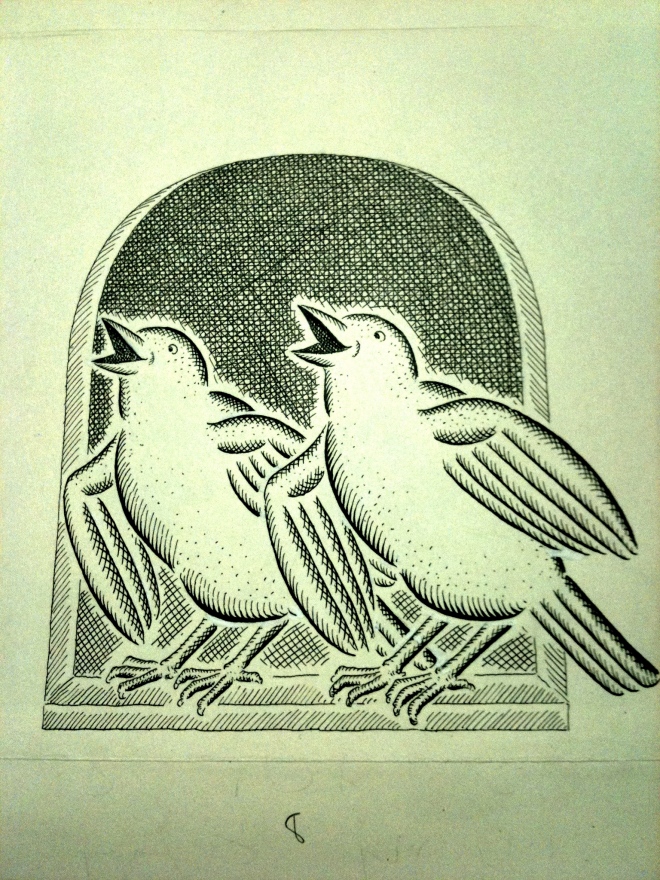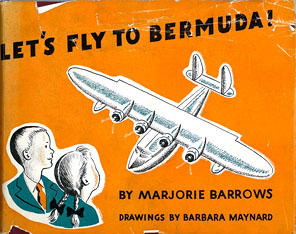By Kathleen Spale
When most people think of summer vacation, they think of time spent on beaches in the sun with sand and water spreading endlessly around them. So when I heard about an opportunity to sit in a small, fluorescent-lit room surrounded by 22 bins of 1621 dusty, old books for my summer vacation, you can imagine what I said…..
You bet!

As a librarian, illustrator, and longtime lover of children’s books and history, to me, creating an Albert Whitman archive was the summer adventure of a lifetime. Books since 1919…..never knowing what each one holds…..It was like the warehouse at the end of Raiders of the Lost Ark…..crate after crate of new surprises…..
Would I find the ark of the covenant?
 Well, not quite, but, as Wendy has highlighted on this blog on many Fridays, I was able to unearth many gems…..some funny, some strange, almost always interesting.
Well, not quite, but, as Wendy has highlighted on this blog on many Fridays, I was able to unearth many gems…..some funny, some strange, almost always interesting.
I know that on occasion, out of my room full of bins and books, the staff at Albert Whitman probably heard a gasp or a giggle. I couldn’t help myself. On one hand, I found first editions of books illustrated by Randolph Caldecott, Crockett Johnson, James Montgomery Flagg, J. C. Leyendecker, Maj Lindmann, and Kurt Wiese and 1940s editions of The Gingerbread Man, The Tale of Peter Rabbit, and Pecos Bill while on the other hand, I found the trio of Mother Goose Etiquette Rhymes, Mother Goose Health Rhymes, and Mother Goose Safety Rhymes, which made certain to illustrate the consequences of a little boy touching a live wire!
Every week, I felt like Marty McFly in the movie Back to the Future, entering a time machine, strapping on a safety belt, and launching into a time long ago and not so long ago. One week, I was in World War II. The next week, I was in the Wild West. Some books even dared to glimpse into the future. Would the year 2000 bring flying cars and use of a new invention called plastic? Would libraries of the future have reading rooms and lists of books to facilitate child development?
But as with all good things, as the clock winds down, the books lay still, and the bins remain empty, my great adventure through history is ending. And as I slowly depart my time machine here at Albert Whitman, I am amazed that while so many aspects of children’s books have changed since 1919, like word count, color replication, and story subtlety, some things haven’t changed at all.
Throughout the Albert Whitman archives, one series that I continually found was called “Just Right Books,” and this name made me think. Isn’t that concept still so true? Aren’t we all as children and adults still looking for the just right book? When we are gloomy, when we are cheerful, when we are bored, we are always looking for the one book out there that is just right for each of us in our particular place and time. And I, for one, am grateful to report that after some months here at Albert Whitman, it is clear that Albert Whitman still has a dedicated staff who devote so much time and energy trying to find these “just right books” for everyone.
As I leave these archives too, I can’t help but ponder, what will people in the future say about the archives of our current books. Will they laugh? Will they cry? Will the books transport them to a place and time that they never have experienced before? Will we predict flying cars again in our future? Like pages of a book, each passing day flips forward and one day, will reveal the story to be told.
As for me, like so many great children’s adventure books, this summer at Albert Whitman was one to remember, and even though I did not change the course of history or find the ark of the covenant, I did have an experience that I will always appreciate and never forget, no matter the time.
 Published in 1945 with an exclusively black-and-white palette, Time to Eat presents “correct ideas on a proper, balanced diet for children,” according to the flap copy. Clearly, though, the book does far more than kill all the fun of mealtimes, and must have been used as an instrument of terror.
Published in 1945 with an exclusively black-and-white palette, Time to Eat presents “correct ideas on a proper, balanced diet for children,” according to the flap copy. Clearly, though, the book does far more than kill all the fun of mealtimes, and must have been used as an instrument of terror. I think the use of shadow in this one is especially effective.
I think the use of shadow in this one is especially effective.





























You must be logged in to post a comment.